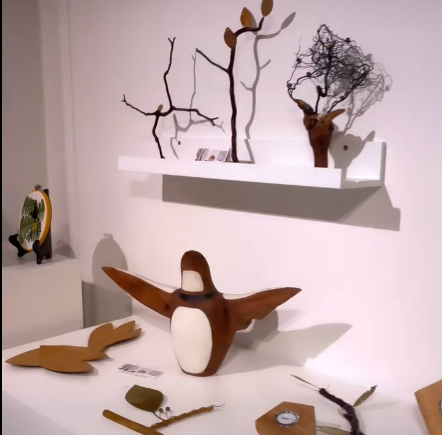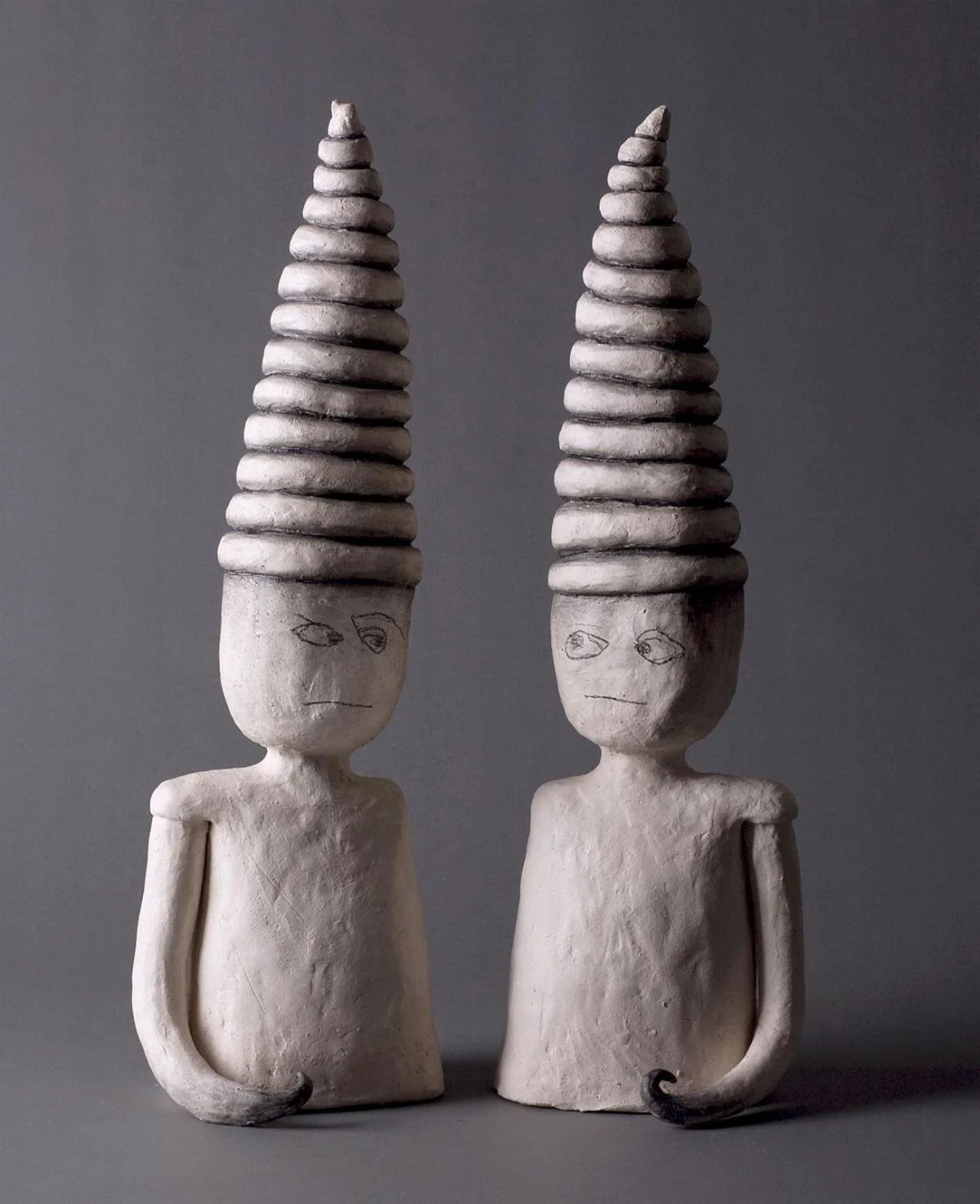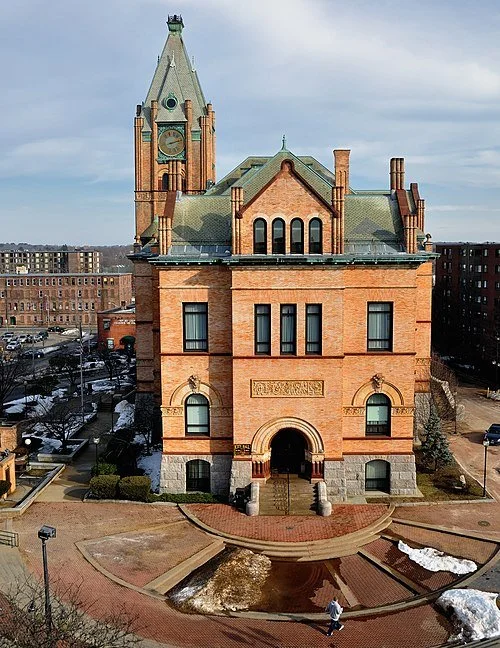Installation view of the “Holiday Handmade” shop at the Fuller Craft Museum, in Brockton, Mass., through Jan. 7
The museum says:
The shop showcases goods that “wouldn't look out of place hanging on the walls of the museum itself. This year's shop features textiles, paintings, ceramics and even cosmetics crafted with an eye for artistic flair and good design.’’
Brockton City Hall
— Photo by Timothy Valentine

































